Political Perspectives is produced by the students and faculty of Carleton University's School of Journalism and Communication, Canada's oldest journalism school.
7th
MAY 2009
Liberal convention post-script
Posted by padams under All
Paul Adams
Something that occurred to me only after the Liberal convention ended was how there had been absolutely no discussion — at least within my earshot — of the realities of the five-party system that we have in Canada today.
Between 1993 and 2000, the Liberals were able to win majorities on the cheap because one of the main features of the fractured party system was a division on the right between the Progressive Conservatives and Reform/Alliance. In 1997, the Liberal majority was achieved with just 38.5% of the popular vote. Stephen Harper fell less than one percentage point short of that mark in 2008, but came more than 20 seats short of a majority.
After the two parties of the right united as the current Conservative Party, and the Greens appeared as a significant force (in terms of votes if not seats), the party arithmetic shifted. With the Conservatives now being able to claim something in the order of 30% of Canadians as their “core” support and the Bloc Québécois likely being able to claim a large share of Quebec seats for the foreseeable future, it is exceptionally difficult for the Liberal Party to win a majority, given that it must share the “progressive” vote with the NDP and the Greens.
Put another way, while the Liberals can reasonably hope to be competitive to form the next government, based on recent polls, they would have to catch an unusual wave to sweep them back to a majority. A mere swing of the political pendulum will not do. It would likely require a re-energization of our politics, bringing a significant number of the current mass of non-voters off the bench.
This could happen, of course, if the economy continues to sour, or if somehow Michael Ignatieff breaks through to a Trudeau-like or Obama-like level of popularity.
It is much more likely that it does not. If the Liberals win the next election — still a big if — it will probably be as a minority.
There certainly was no sign at the Liberal convention that this reality has sunk in.
There are some people who are hopeful that the Liberals will recognize their precarious situation, and that this will lead them to greater cooperation with the left — in particular the NDP. Former Liberal cabinet minister Lloyd Axworthy has argued for this. Former NDP apparatchik Robin Sears, who supported the coalition, is now arguing in Policy Options for electoral as well as parliamentary cooperation between the two parties.
This is by no means the only available avenue for Liberals in their current situation. Before the coalition was even on the radar, and when Stéphane Dion was still Liberal leader, I argued in the Globe and Mail that the from the point of view of their own self-interest, Liberals would be unwise to ignore soft-Conservative supporters who might be wooed their way, especially since NDP and Green supporters might be more attracted to their party if this made them a more genuine threat to topple the Conservatives. A little bit of that seems to be happening now.
All that having been said, all the parties need to start reckoning with the implications of the multi-party reality in which we now live. Liberals should be having a vigorous debate on this subject, just as New Democrats are. They should be considering how their parliamentary and electoral tactics should be adjusted to accomodate this new reality.
What has happened instead is that the Liberals learned a simple lesson from the failed coalition last fall and the huge fillip it gave the Tories in the polls: Don’t go there.
The truth is that the idea of Dion as prime minister was probably more poisonous to the coalition than the idea of parliamentary cooperation between parties, along with the Conservatives’ strenuous efforts to taint the idea with its association with separatism because of the support of the BQ.
But for now the Liberals are not doing any hard thinking about how to thrive in this 21st century environment. Mostly they hope that with a new leader, refilled coffers and a reinvigorated organization, they can resume their role as Canada’s “natural governing party” — the natural governing majority party, that is.
Not likely.
Paul Adams teaches journalism at Carleton and is researching a book on the Liberal Party of Canada.
5th
MAY 2009
The endless wheel of EI reform
Posted by ealboim under Political Strategy
Elly Alboim
What goes around comes around.
It was 14 years ago that the Liberals walked away from an ambitious Social Security Review and focused solely on reforming the unemployment insurance program. Beyond changing its name, the government moved the program along the continuum from an income support social program to a rules-based insurance program. The impetus was the substantial deficits the program had run during the recession of the ‘90s. They were driven, in part, by the crazy quilt of regulations for qualification based on weeks of work, leading to the infamous definitions of Short Weeks and Long Weeks and the absurd paper burden that was generated as employers filled out and filed Records of Employment.
Key to the reforms was the introduction of the hours-based qualification criterion which was designed to ensure that people had a strong tie to the work force before they got access to EI. It weeded out many part timers, newcomers to the work force and cut into the pattern of people working just enough to qualify for EI. The hours required varied according to regional unemployment rates and seasonal work patterns. The numbers of people qualifying drifted downwards and the EI surplus grew – in part as it was designed to do because of the automatic stabilizer EI is supposed to be during the ups and downs of the economic cycle.
As the surpluses grew, successive Liberal governments began to weaken the reforms, rolling back reform measure after reform measure largely because of pressure from its Quebec and Atlantic caucuses. But the surpluses rolled on, despite reductions in premiums, and the Conservative opposition savaged EI as a disguised tax grab. They, along with the other opposition parties, created the fiction of a “cumulative EI surplus”, knowing full well that the annual surpluses and deficits were rolled into the government’s bottom line annually. There was never a separate account – it was simply a notional accounting device.
Now, the pressure’s on again to move the dial further back towards undisguised income support. The device? Further reduce the hours of qualification and make them uniform across the country. The argument? It is fairer regionally and individually because so many people have been disenfranchised despite paying premiums. Unremarked upon is that a significant uptake on EI will further weaken the already loose tie between premiums and benefits and result in ever growing deficits despite the Conservatives earnest but meaningless efforts to have EI be a stand-alone, self financing operation.
So the Liberals who first tightened the rules because of the fiscal implications are now ready to virtually complete the roll back and turn back the clock. The Conservatives hold to the notion that it is OK to have forced premium payments with no access to benefits. They also continue to hold to the view that even at its current low levels of benefits, EI can be a disincentive to work – a view that seems to ignore current economic realities.
But mostly, they have learned – as all governments have learned before them – that EI is another one of those “third rails” of Canadian politics. There are two fundamental truths. Systemic and comprehensive reform is impossible politically and once you start changing the rules, the demands for further change are endless.
And since it is unlikely that the Conservatives will permit an election on this issue – we will enter yet another process of tinkering. The result of which will last only until the next cycle when the old imperatives reassert themselves and it all comes around again.
Elly Alboim is an associate professor in the School of Journalism and Communications and a principal in the Earnscliffe Strategy Group, specializing in strategic communications and public opinion.
2nd
MAY 2009
Ignatieff keynote pix
Posted by padams under All, Political Strategy
2nd
Death of a tradition
Posted by padams under All, Political Strategy
Paul Adams
Paul Adams is blogging the federal Liberal convention in Vancouver this weekend.
This morning, Liberals adopted a new system of direct voting by party members to choose their leaders, marking the end at the federal level of a peculiarly Canadian institution that originated with the Liberal Party.
Leadership conventions have produced some of the most dramatic moments in the political history of the past half-century. John Diefenbaker defiantly refusing to drop off the ballot at the Progressive Conservative convention of 1967 even after the party had made it clear it no longer wanted him. Pierre Elliott Trudeau winning with 51% of the vote on the fourth ballot of the highly-polarized 1968 Liberal convention. Sinclair Stevens’ dramatic march across the convention floor to secure the unlikely nomination of Joe Clark as PC leader in 1976. And of course Stéphane Dion’s stunning victory over Bob Rae and Michael Ignatieff in 2006.
Until 1919, Canadian party leaders were chosen as they usually are in Westminster-style systems by the parliamentary caucus. When Sir Wilfrid Laurier died in 1919 in the run-up to a policy convention, the party executive decided to use the event to choose his successor, who turned out to be William Lyon Mackenzie King. Over the years, most other Canadian parties adopted a variation on the Liberal model.
Superficially, Canadian leadership conventions look a lot like the conventions the American parties use to choose their presidential candidates, but they are fundamentally different in several ways.
First of all, Canadian parties use a secret ballot. That means that once they are selected, by and large delegates to Canadian leadership conventions have been autonomous. In American conventions, delegates vote in public, meaning that they are at the least in theory accountable to those who chose them, and certain exposed to political pressures from party power-brokers. In many cases, they are bound by state law or state and national party regulations that require them to vote, especially in early balloting, in specific ways.
The most famous instance of the impact of the secret ballot was the so-called “Flora effect” in the 1976, when more delegates were said to have gone into the balloting stations pledged to Flora MacDonald and wearing her buttons, than she received actual votes.
Second, the American parties, especially in the last half century, have adopted increasingly open mechanisms to choose delegates. Most Americans over 18 can participate in choosing one of the major party party candidates through a primary or caucus if they choose, as tens of millions of people did last year.
In Canada, fewer than 5% of voting-age Canadians belong to any party, though in hotly contested races, the size of a party may often double, triple or more, as new members are recruited in order to get them to vote for the various candidates. This is, of course, one reason that defenders of the system have argued for keeping it.
Third, most Canadian parties adopt a multi-ballot system in which candidates who fare poorly on the initial round of delegate voting are forced to drop off, and the race is gradually culled, often to two remaining front-runners. In the United States candidates are not forced to drop off by the rules.
This system has sometimes produced paradoxical results. Arguably, John Crosbie might have beaten both Joe Clark and Brian Mulroney if he had not been forced off the ballot by the rules in the 1983 convention.
More to the point, it seems unlikely that Stéphane Dion would have won the 2006 convention, having come into the convention with the support of just 17% of delegates, had Bob Rae not been forced off the final ballot by the rules.
In recent years, most Canadian political parties have moved to more inclusive and less expensive processes — even if they lost the opportunity for the major television coverage conventions often bring.
Adam Radwanski on the Globe and Mail’s website has given an admirably clear explanation of why the Liberals needed to abandon the system of delegated conventions to choose their leaders.
Though the Liberals debated the change at their Vancouver biennial meeting this morning, the truth is that there was an air of inevitability to the abandonment of the process they invented 90 years ago.
Too costly. Too divisive.
But it was fun to watch while it lasted.
Paul Adams, a former political correspondent for the CBC and Globe and Mail, is a member of Carleton’s journalism faculty and executive director of EKOS Research Associates. He is researching a book on the Liberal Party.
2nd
Policy Substance
Posted by padams under All, Media Commentary, Political Strategy
Paul Adams
Further to Elly Alboim’s post yesterday in which he said that the Conservatives would try to feed into the media narrative that Michael Ignatieff has not said enough about policy, at the end of last night’s interminable farewell speech by Stéphane Dion, Stephen Harper’s communication aide, Dmitri Soudas, emailed reporters commenting that Dion had delivered more policy substance in his speech than Ignatieff had done in his four months as Liberal leader.
2nd
The long goodbye
Posted by padams under All, Media Commentary, Political Strategy
Paul Adams
Paul Adams is blogging the federal Liberal convention in Vancouver this weekend.
Last night’s tribute to Stéphane Dion began after 11:00 p.m. central time, presumably so that the majority of Canadians living east of Thunder Bay were unlikely even to stumble across it by accident.
A little earlier, Jean Chrétien had given a rollicking partisan speech, whose centre-piece was a riff on Stephen Harper’s absence from the “family photo” at the recent G-20 meeting, reportedly because he was in the bathroom.
This speech set a standard that nothing in the program to follow remotely matched.
There was the usual video tribute to the outgoing leader, followed by a speech by Paul Martin, more energetic than memorable. Michael Ignatieff also spoke briefly before Dion himself.
Dion’s speech was reminder to the roughly 2000 Liberals in the room, and the dwindling audience of those watching on CPAC, of why he is so widely regarded as a decent human being and a terrible politician. It was long (more than 30 minutes), earnest, hectoring, replete with a reference to Schopenauer, and utterly uncontaminated with applause lines.
After Dion finished, the Liberals for some reason had scheduled a further extensive program, including a speech by former Supreme Court Justice and UN High Commissioner for Human Rights Louise Arbour.
But Arbour spoke to a nearly empty room — or so we are left to presume, since most of the media had also long since filed their stories and left the building.
Paul Adams, a former political correspondent for the CBC and Globe and Mail, is a member of Carleton’s journalism faculty and executive director of EKOS Research Associates. He is researching a book on the Liberal Party.
1st
MAY 2009
The full pander
Posted by cwaddell under All, Political Strategy
Paul Adams
A self-declared Montreal Canadiens-Boston Red Sox fan.
1st
The pressure for policies
Posted by cwaddell under All, Media Commentary, Political Strategy
Elly Alboim
The world changes for Michael Ignatieff after his convention speech Saturday night. The low bridge strategy thus far has been successful thus far and has allowed him time and space to work on his organizational priorities. But it has also led inevitably to increasing media demand for news and substance. As that demand remains unrequited, it raises the threshold for successfully meeting it. Saturday night’s threshold is now pretty high.
So on to the debate about the right time to lay out core policy.
Political strategists will say, appropriately, that it is not yet time to unveil policy. In fact, it may well be that the ideal Liberal strategy is to force the ballot question to be a referendum on the Prime Minister. That implies anteing up only the minimal policy table stakes as late in the game as possible.
But in a world of a thoroughly disengaged electorate, media arrogates to itself (and is passively delegated) the role of setting the rules, establishing the pace and defining the champions. More often than not, as lots of academic and public opinion research has established, it frames the initial narrative for its readership about the substance, process and personalities of current politics.
Political media has little patience for the incrementalism of a slow, deliberate build because that does not meet most definitions of what is news. In its defense, media will say that a man who is now a prime minister in waiting has a responsibility to say what he will do when the wait is over. They may say that but what they really mean is that they sense a large change in the political dynamic and they want to get on with the next round of exciting leadership politics.. A Battle of Champions is the most desirable sort of political narrative these days. It is much more engaging than other political coverage and capable of competing with other more entertaining news.
You can see the narratives building.
People are saying and writing things questioning Prime Minister Stephen Harper – re his skill set, strategic sense, grip on the party, and shelf life — in ways they have not written before. All that is fostered by his weakening in the polls. They see a new potential narrative of a Fall From Grace on the basis of a Flawed Personality and an abandonment of ideological constancy which has Mr. Harper leading a Government About Nothing.
The Rise From the Liberal Ashes narrative is the frame surrounding Mr. Ignatieff , made more credible by his standing as Public Intellectual and the added mystery of his Enigmatic Personality.
That’s the ultimate narrative arc they want with each Champion acting out a classic dramatic role.
To get there, you need engagement and conflict. And disappointingly to political media, Mr. Ignatieff has not played the game. The brinkmanship is minimal, the policy cleavages virtually non-existent.
What comes next is inevitable and predictable – increasing and harsh media pressure on Mr. Ignatieff as the media consensus solidifies that he is not entitled to be a prime minister in waiting without defining himself and his policy set. As the weather forecasters say, there’s a 90% probability of rain.
He may hold out for a good while yet as the political strategists would have it. But there will be collateral damage – the media will have its say and much of what it says will be negative and will stick, at least initially. The Conservatives will pile on, doing their best to try to make it stick permanently.
Elly Alboim is an associate professor in the School of Journalism and Communications and a principal in the Earnscliffe Strategy Group, specializing in strategic communications and public opinion.
1st
Does Ignatieff really need policy now?
Posted by padams under All, Media Commentary, Political Strategy
Paul Adams
Paul Adams is blogging the federal Liberal convention in Vancouver this weekend.
A recovering Martinite recently remarked to me that Paul Martin’s regime had focused enormous energy on policy (“fixing” medicare, national child care, the Kelowna Accord, Darfur, etc., etc.), but neglected the political zones both above and below: that is, party organization and the expression of “aspirational goals” that could inspire Canadians and Liberal supporters.
Interestingly, Michael Ignatieff, has concentrated all his energies so far on party organization — really the theme of this weekend’s convention — and aspirational goals — the theme of his recent book. But he has spoken relatively little about policy. A media consensus seems to be emerging that Ignatieff needs to fill in the policy gap quickly.
On the Globe and Mail website one-time NDP strategist Les Campbell dissents from the consensus:
“Yes, there is media pressure to ‘flesh out specifics.’ And yes, party members love to think that they are influencing the party’s priorities. But seriously, no one thinks that Michael Ignatieff lacks ideas.”
“Canadians won’t have any problem believing that Mr. Ignatieff can come up with clever strategies and complicated policies. What they need to know is who he is, and how he might react under pressure and the weight of responsibility. As Mr. Ignatieff’s recent taxation ruminations showed, rolling out policy before fully defining the party leader opens the door for other parties to use policy — out of context — to define the leader in their way. There is lots of time for policy later.”
Paul Adams, a former political correspondent for the CBC and Globe and Mail, is a member of Carleton’s journalism faculty and executive director of EKOS Research Associates. He is researching a book on the Liberal Party.
Recent Posts:
- 04 May 2011 Twitter and elections: ta...
- 04 May 2011 The Conservative fork in ...
- 03 May 2011 Ignatieff’s pre-mat...
- 03 May 2011 Final Observations
- 30 Apr 2011 Counting up the newspaper...
- 29 Apr 2011 Seat projections…do...
- 27 Apr 2011 Royals versus politicians...
- 27 Apr 2011 Outing a Tory dirty trick...
- 26 Apr 2011 Those advance polls
- 26 Apr 2011 The trouble with Liberals...
Categories:
- All (93)
- Election 2008 (117)
- Election 2008 Campaign strategy (46)
- Election 2008 Faculty links (12)
- Election 2008 Media commentary (51)
- Election 2008 Student articles (37)
- Election 2011 (53)
- Election 2011 Campaign strategy (45)
- Election 2011 Faculty links (38)
- Election 2011 Media commentary (36)
- Election 2011 Student articles (1)
- Media Commentary (48)
- Political Strategy (50)
- Post-election (3)
- Uncategorized (1)
Archives:
- May 2011
- April 2011
- March 2011
- March 2010
- February 2010
- January 2010
- December 2009
- November 2009
- October 2009
- September 2009
- July 2009
- June 2009
- May 2009
- April 2009
- October 2008
- September 2008


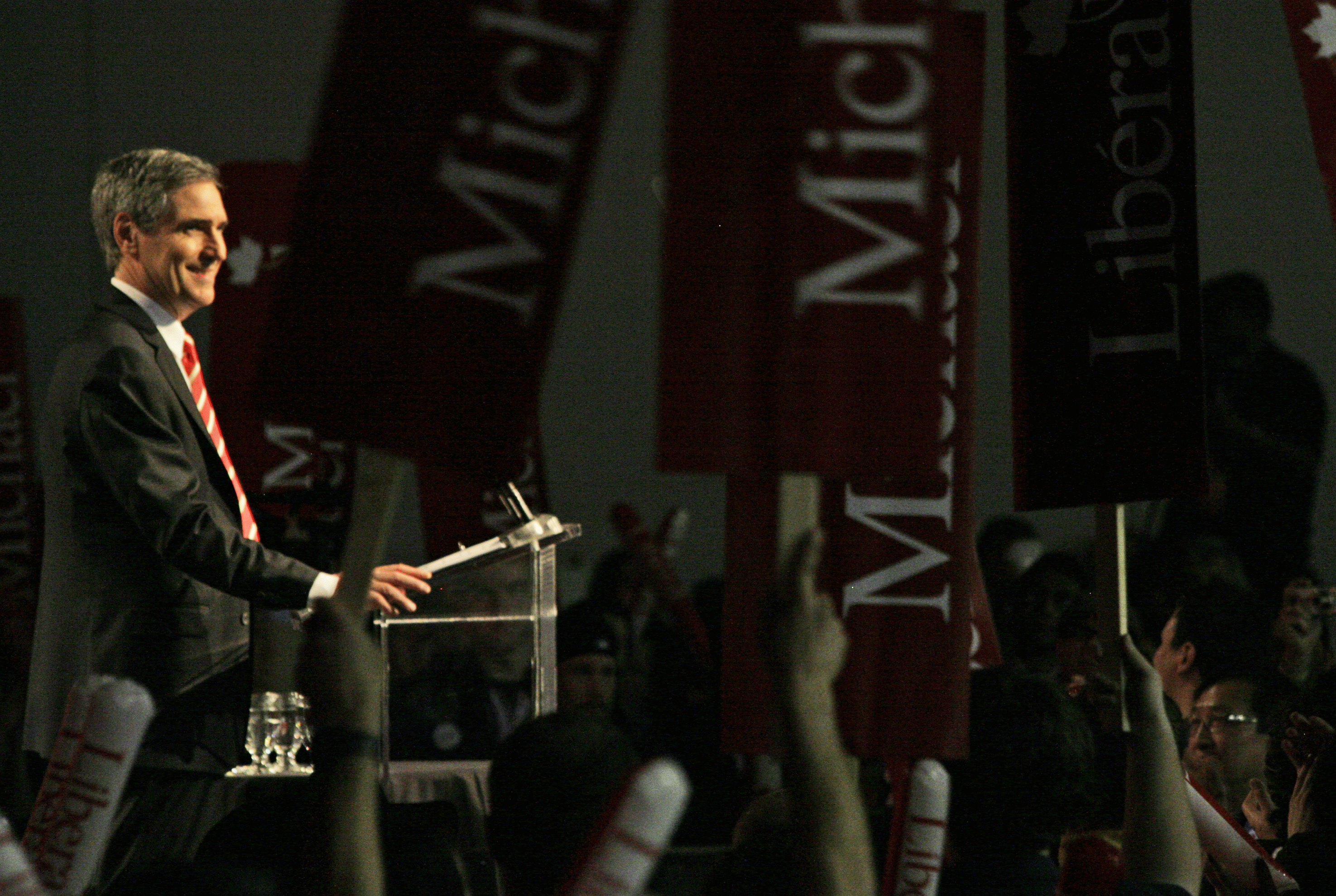
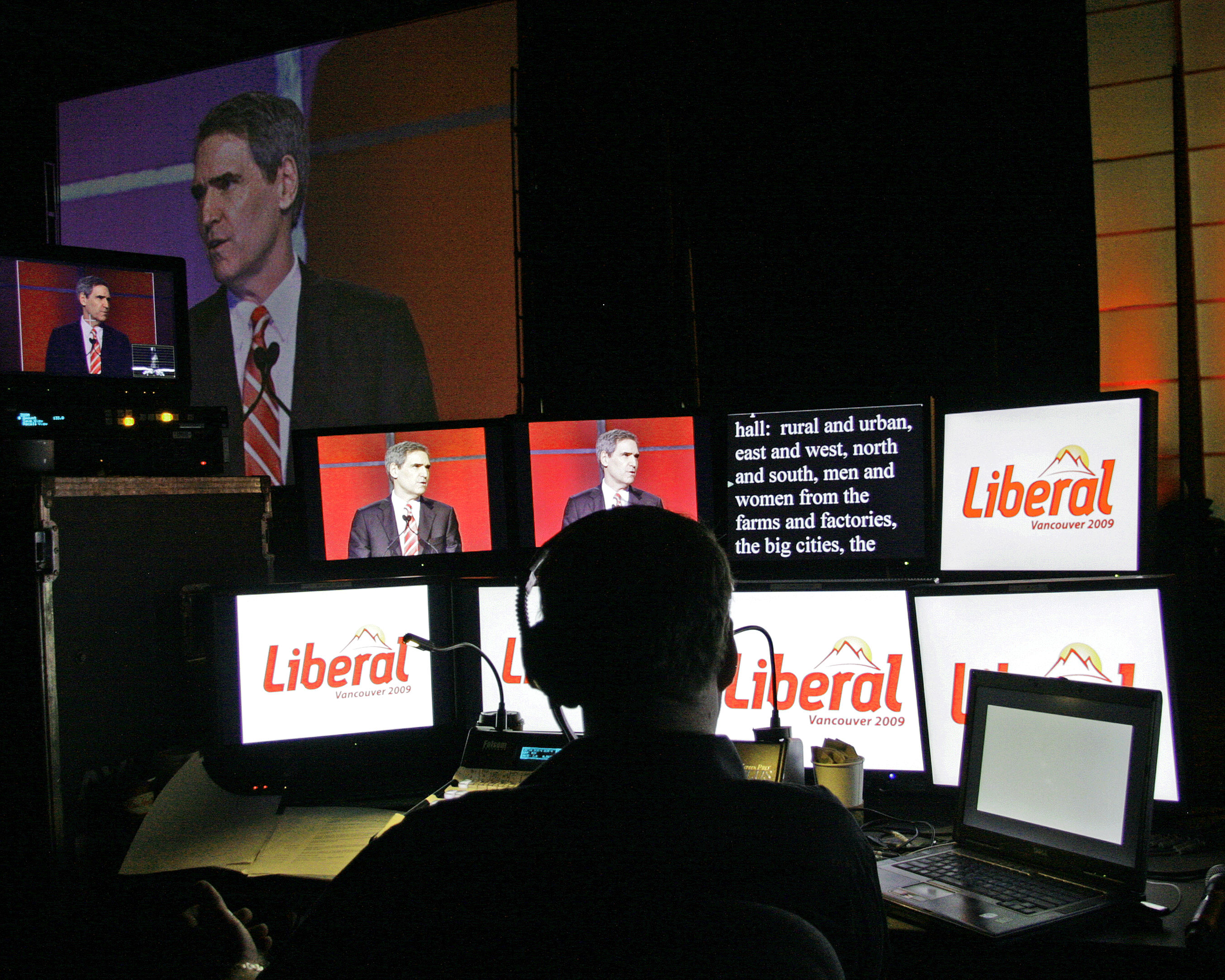
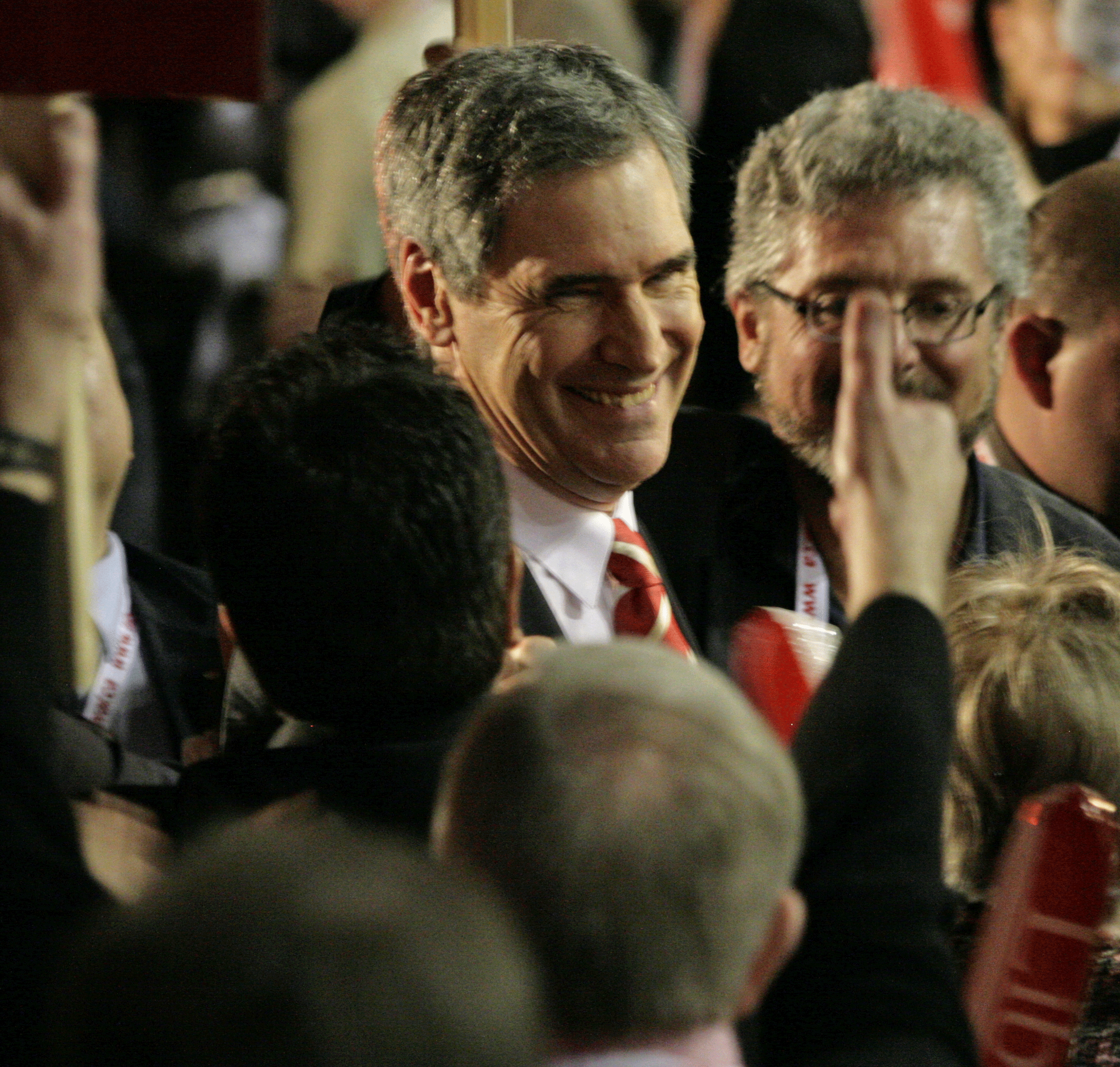
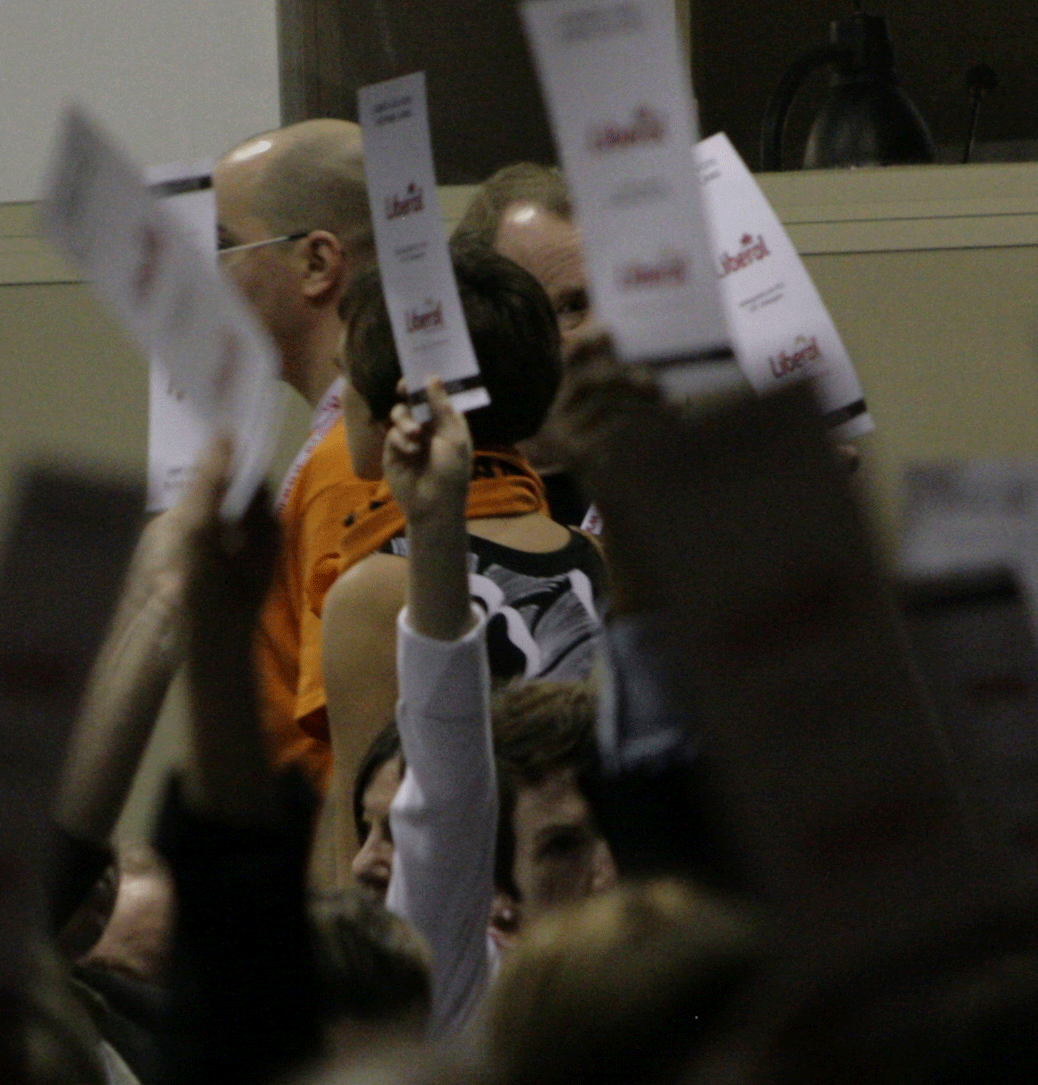
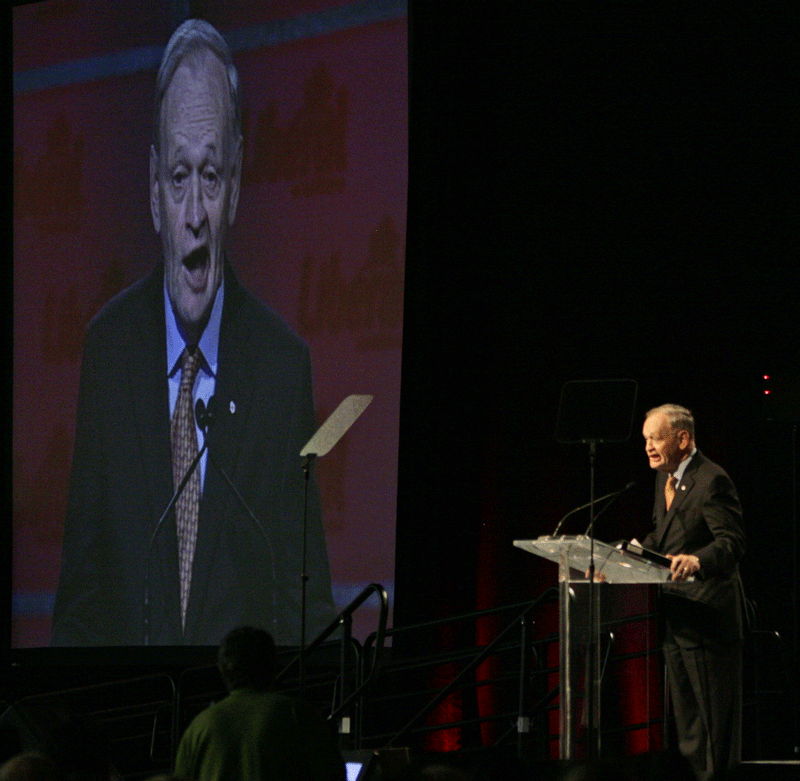
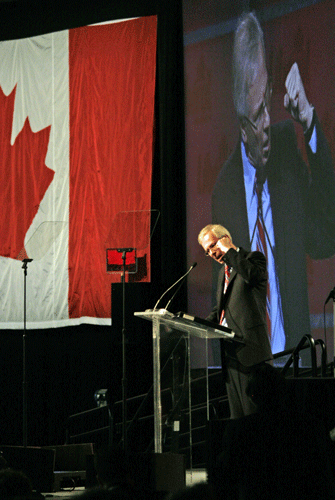
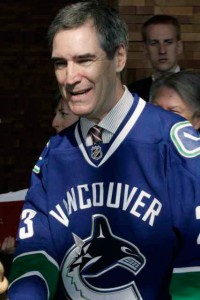
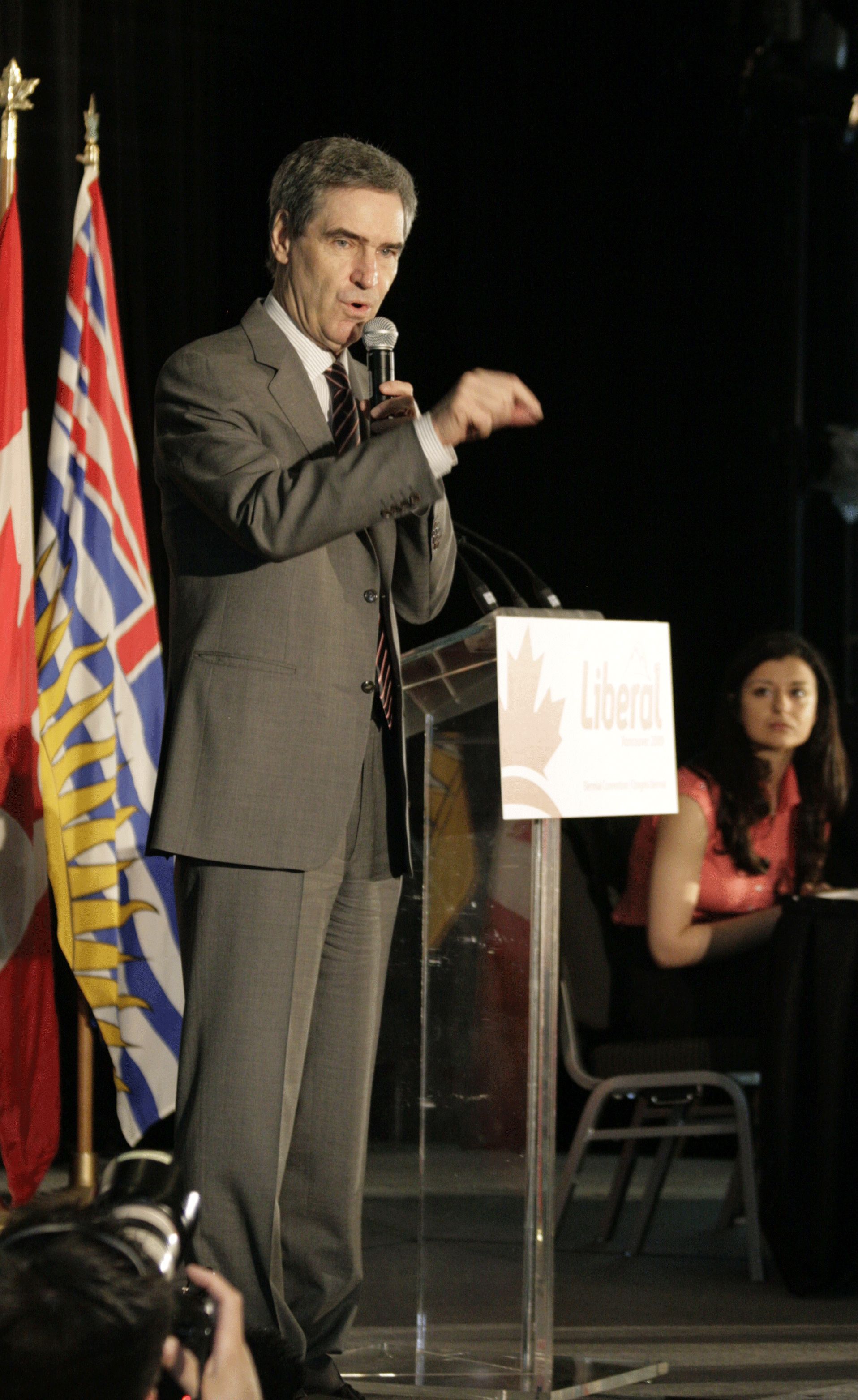
 RSS Feed
RSS Feed